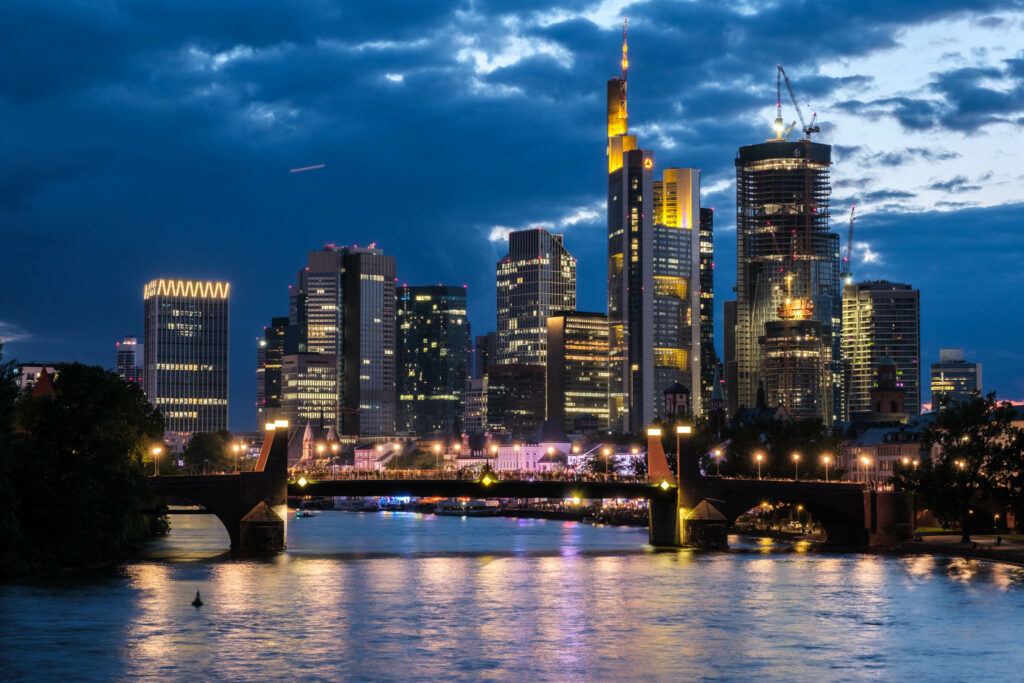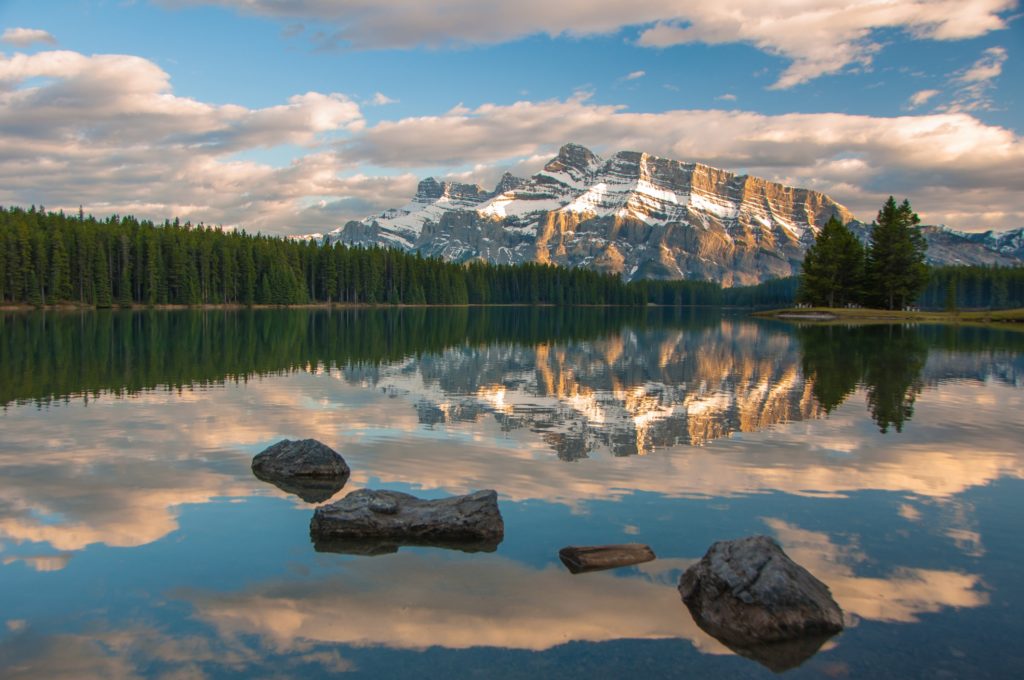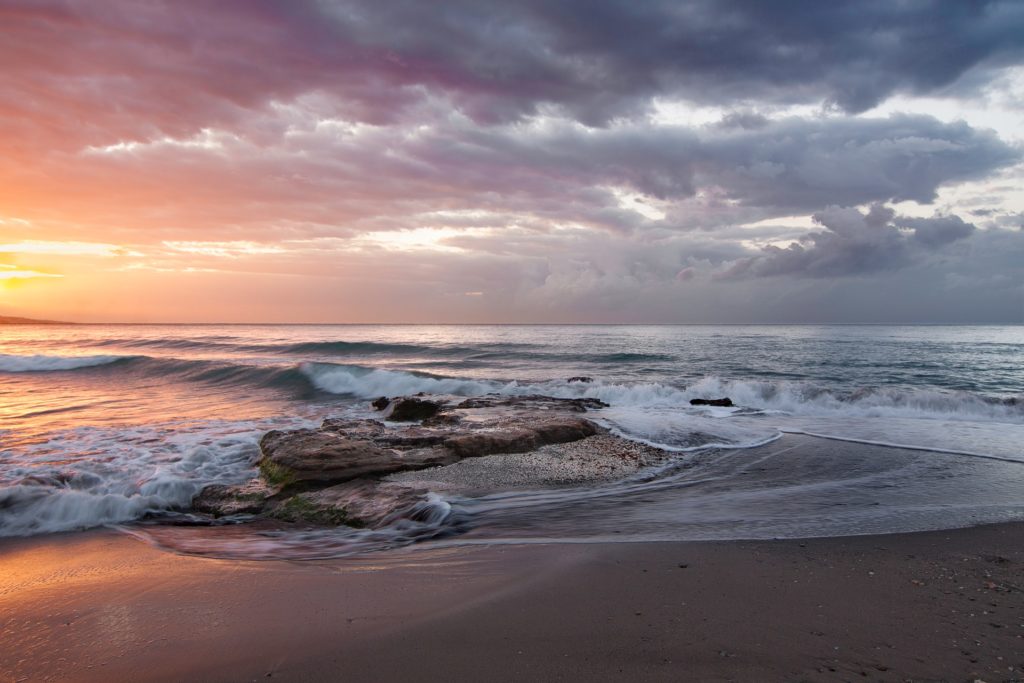Today we are going to look at photography in the tropics. Some of you may be asking…why? Well, the tropics do present some interesting challenges, so let's take a look:
Like the depths of a cold winter, shooting in tropical locations presents a unique set of problems. These tips cover:
- care of our equipment,
- care of ourselves,
- shooting in tricky and rapidly changing light conditions.
Photography in the tropics can be hard but today we hope we can help you overcome some of these issues and get great shots in the hot, humid climes of tropical Earth.
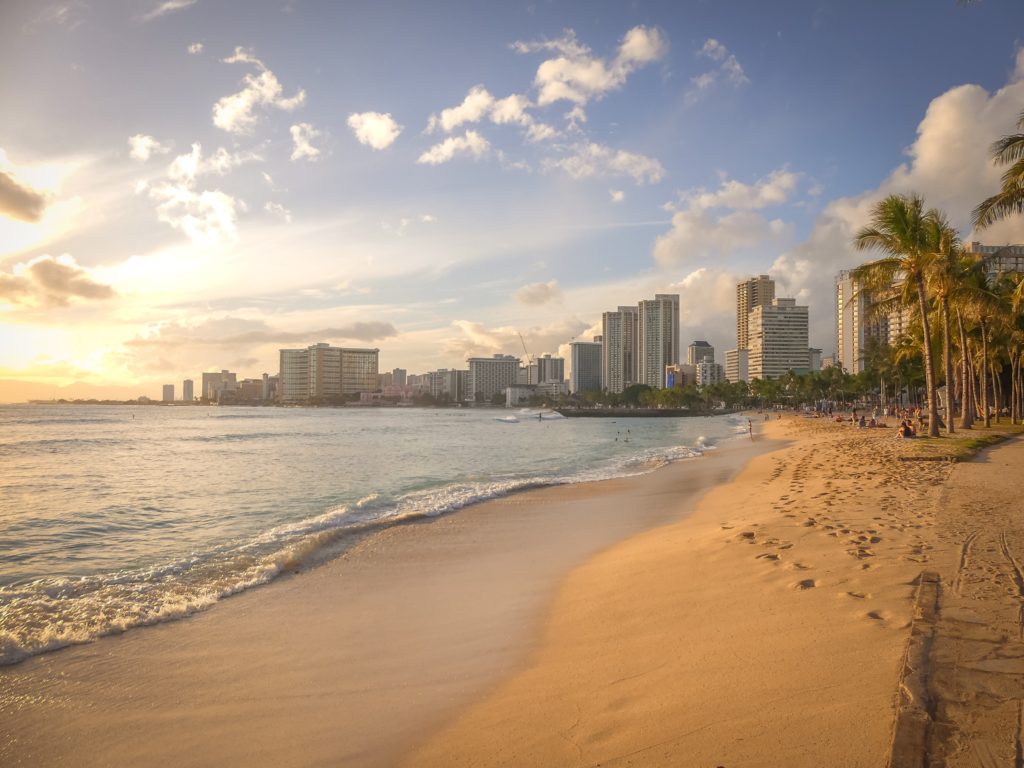
Camera Care
Let’s kick off with looking after your camera in tropical climates. The heat and humidity of these locations can present some serious issues to your camera. The first and perhaps most obvious is condensation.
Condensation occurs when you go from a cool air-conditioned environment into a warm humid one. Typically it will be seen on the front element of your lens but can also form on your viewfinder and even your LCD screen. Rather than simply wiping it off, allow your camera to “acclimatise” to the conditions. Usually, this means waiting for about 30 minutes for the condensation to clear.
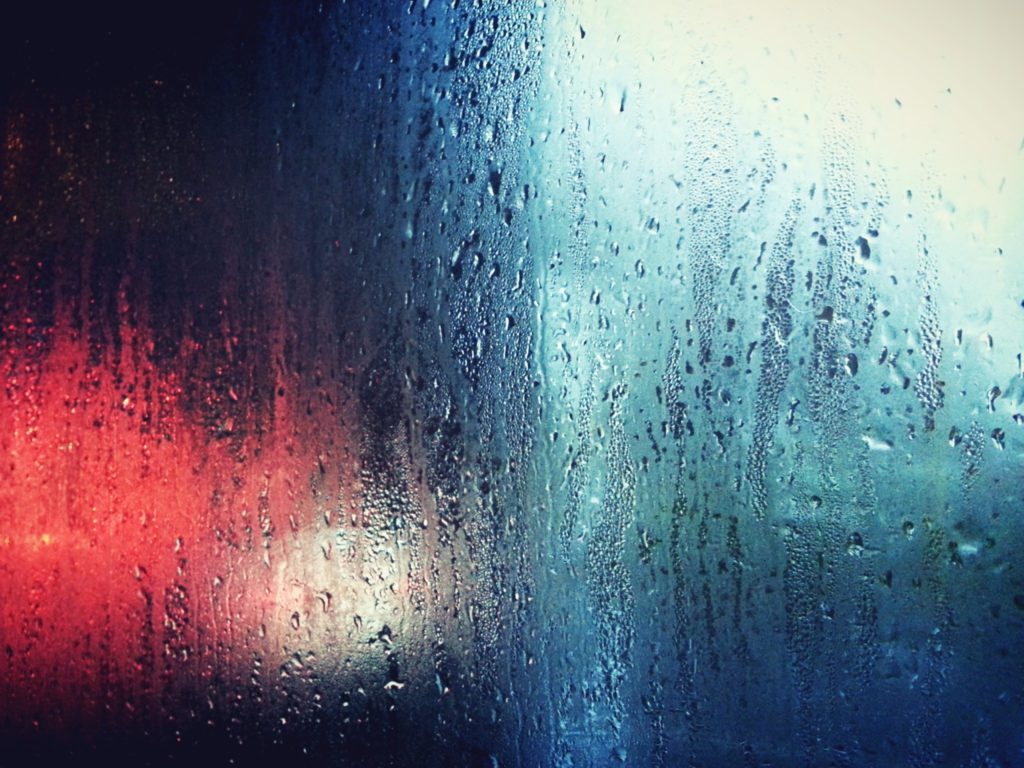
It’s well worth having a camera that is weatherproofed when committing to photography in the tropics. Tropical regions are prone to short sharp, heavy rainfall which can catch you unawares. Weatherproofed cameras will offer some protection from being caught out in the rain.
If however, you intend to shoot in the rain, you might want to consider at least a waterproof bag if not a housing. Tropical rain can be very intense.
Lastly, if you planning to spend a lot of time in rural tropical areas away from air conditioning, take some form of dehumidifying gel. Typically this is silica gel and it will reduce the humidity around your camera gear. Camera lenses are particularly prone to mould in hot humid conditions and a good silica gel will help alleviate this. Be aware that the silica has a limited working life so check the instructions to see how long you can use it for.
Personal Care
While looking after your camera is important in tropical climates, so is looking after yourself. Those of us from more temperate climates will struggle with the heat and humidity, which in turn will affect our photography and creativity.
When thinking about photography in the tropics, wear light loose-fitting clothes that can breathe. Cotton is regarded as one of the best materials to wear in heat and humidity. In cities, if cultural beliefs allow, wear long shorts rather than full-length trousers. In rural locations, it’s better to wear longer trousers to protect your legs from bugs and other potential nasties.
Talking of bugs, cover up with a good insect repellant, it’s hard to concentrate on your photography if you are being constantly bitten.
Regardless of your skin color, you should consider sunblock. At the height of the day, the sun can be incredibly fierce and you can find yourself getting some serious sunburn.
Drink and take plenty of water with you. You will find yourself getting very dehydrated very quickly in the heat. As such, limit the time you are out shooting, especially in the mid parts of the day. If you find yourself getting tired or overly hot, take a break and get inside.
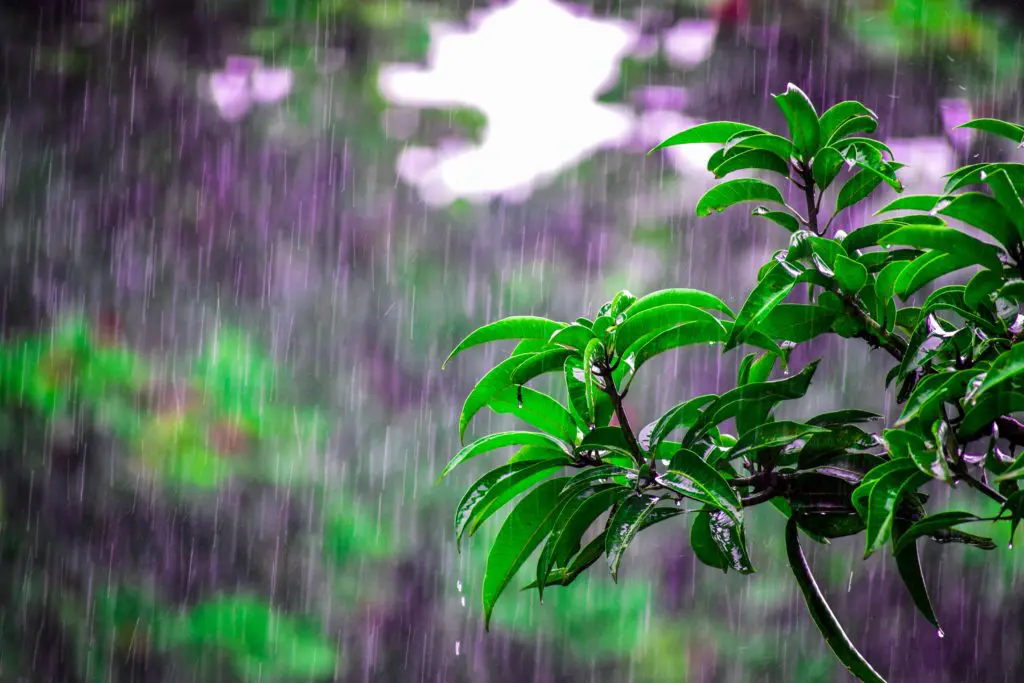
Tropical Locations Urban Shooting.
In the middle of the day, the harshness of the light can make photography very hard work in tropical cities. For that reason its best to shoot in or around the golden hours. Here, however, there is one thing that often catches out photographers, the speed of the transition from light to dark. In tropical regions, the sunrise and sunsets happen much quicker than in more northern and southern latitudes. You need to be prepared for that and compose your shots well in advance.
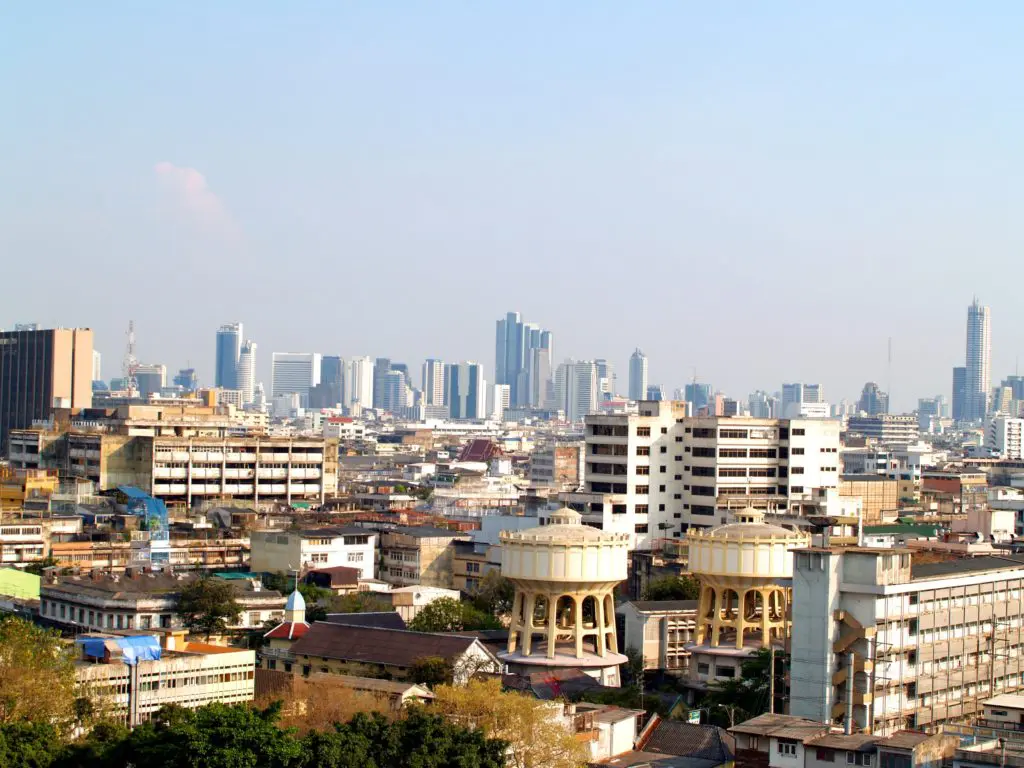
The golden hour, blue hour and twilight will much much shorter than you might be used too. There is a counter advantage to this though, in tropical locations the sunrises and sunsets are at much less ungodly hours, there being about 12 hours of daylight as opposed to 18 or more in the higher latitudes in mid-summer.
Many tropical cities, are busy, energetic places and this can make for great photography. Factor in the often heavy rain and thunderstorms and you can get some incredibly dramatic cityscapes both in the daytime and at night.
If shooting in the harsher light of day, consider a polariser to negate some of the reflections and improve your saturation. A set of graduated ND filters will be useful for punching out dramatic skies.
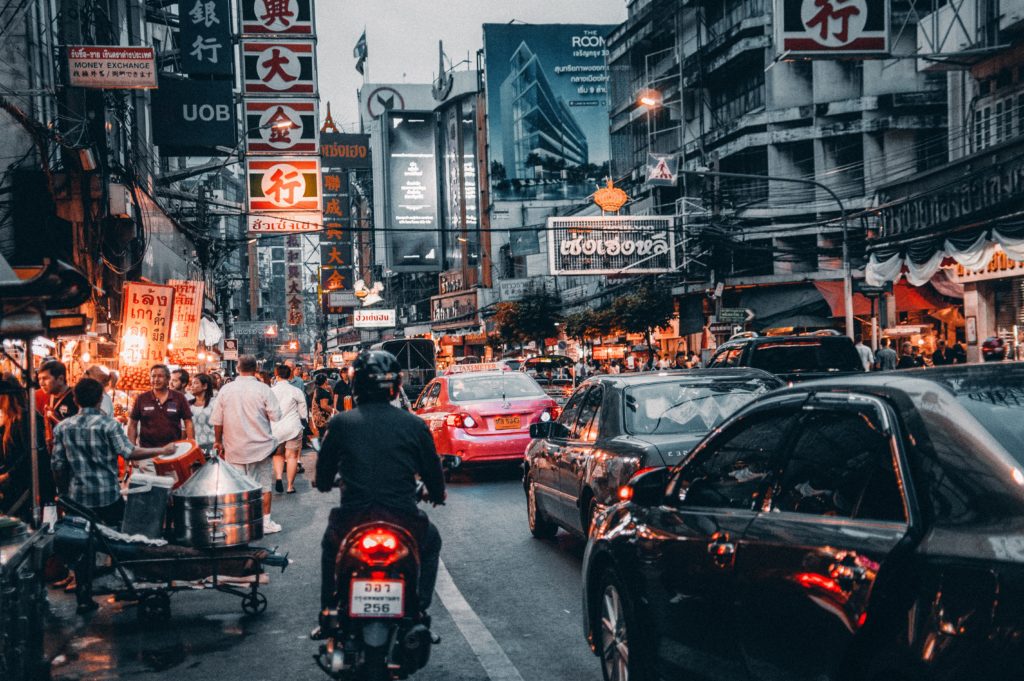
Tropical Locations Rural Shooting
Shooting rural locations in the tropics can present its own problems. There is often an abundance of vegetation, making it difficult to find the right composition. There is also the harsh daytime light to deal with.
A polariser is going to be a useful tool in such conditions. Foliage is notoriously reflective and can dramatically decrease the contrast of a shot. Adding a polariser to your lens will help reduce those problems and increase saturation. Don’t try to oversaturate your tropical images in post-production though. Colour in the tropics is often vibrant but does not need too much extra saturation.
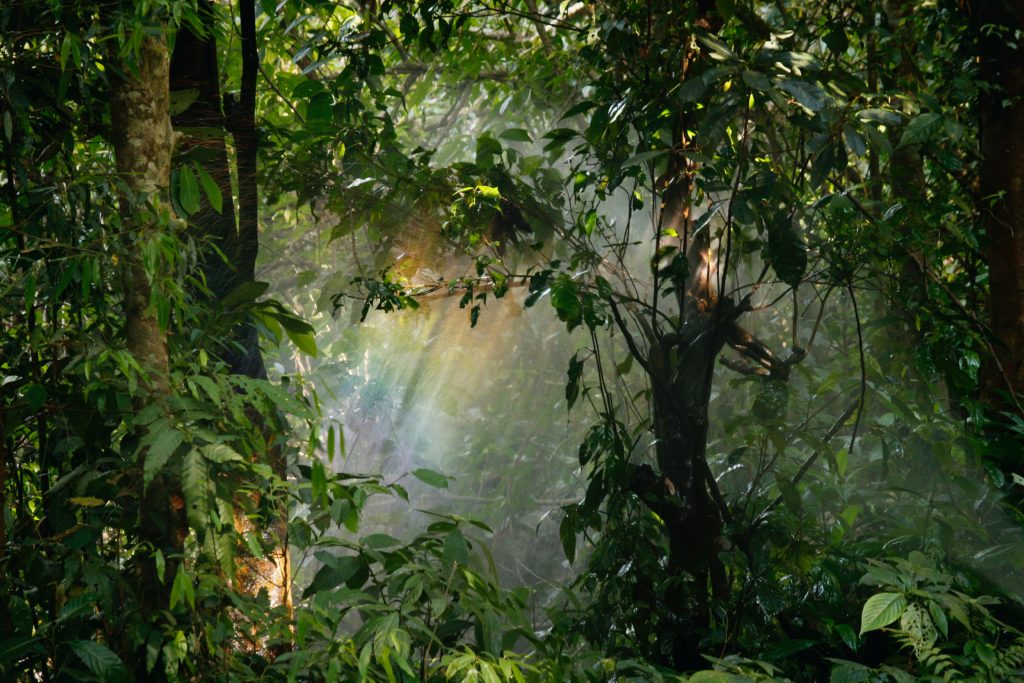
If you are struggling with composition of a wider shot, look for the details. There may be an abundance of brightly coloured flora and fauna to shoot, a macro lens would be useful to take.
Like tropical cities, rural locations often have dramatic skies and storms. Rural coastlines and beaches are particularly creative places to capture such skies.
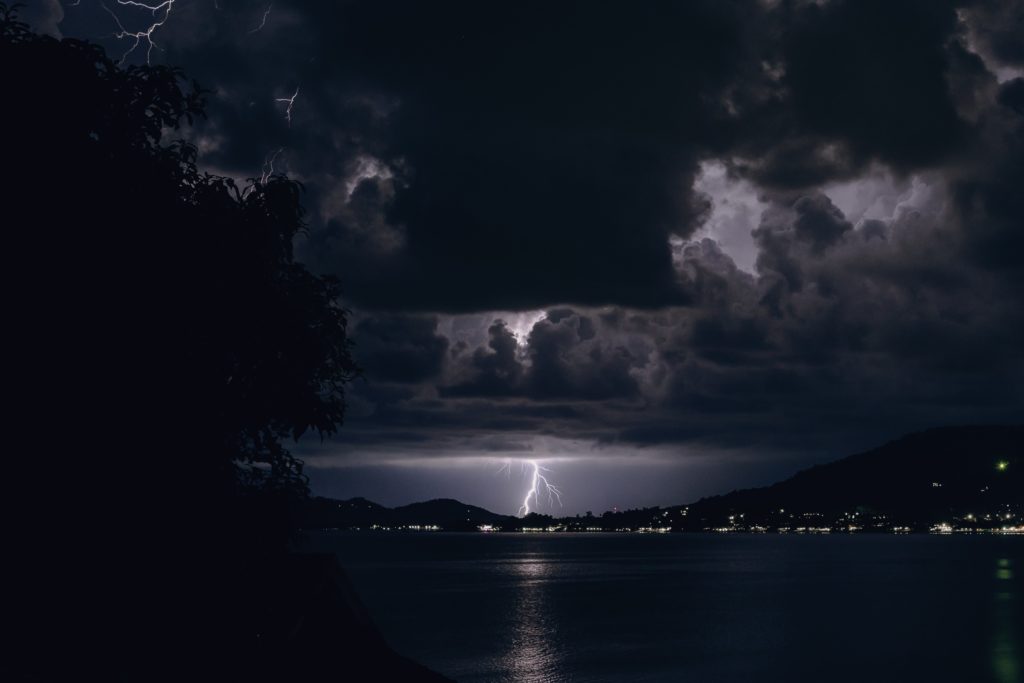
Talking of the coast, the seawater in tropical locations is often an intense colour of turquoise, especially in the shallow parts. Look for an elevated location to capture this intense colour or perhaps shoot from a drone.
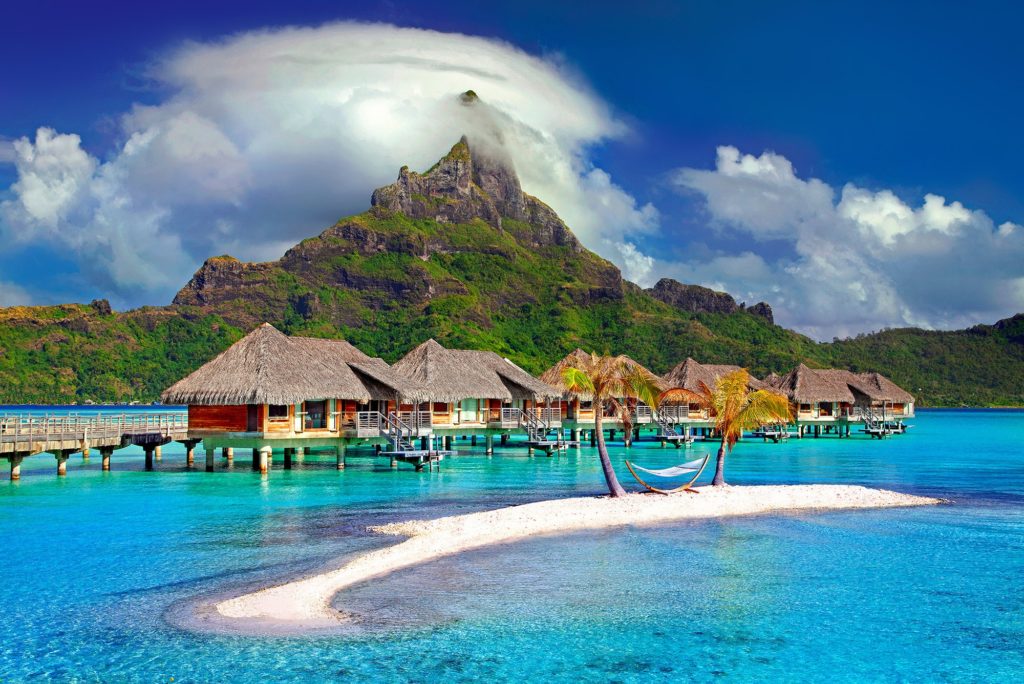
Photography in the tropics can be tricky, but can also provide us with some amazing scenes. If you are planning a tropical trip, be sure to keep our tips in mind and hopefully you will come back with some amazing photographs.


